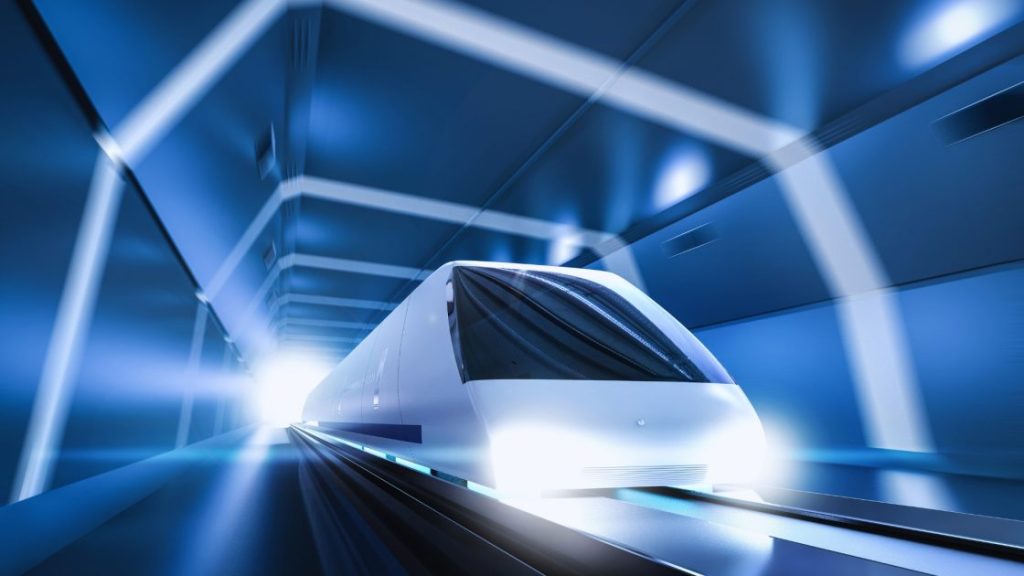Recent decisions, such as the approval of the $18 billion sale of F-15 fighter jets to Israel, prompt critical reflection on the administration’s priorities.
As the Biden administration continues to roll out its ambitious infrastructure agenda, questions arise regarding the justification behind the hefty investment of over $30 billion in rail projects. Advocates tout the potential economic, environmental, and social benefits of these initiatives, while skeptics raise concerns about cost-effectiveness, project feasibility, and long-term sustainability.
Environmental Sustainability
The prospect of environmental gains is a primary motivator behind Biden’s support for rail investments. Encouraging people to travel by rail instead of cars or planes could directly correlate to a reduction of greenhouse gas emissions and the impact of climate change. Using electric high-speed trains powered by renewable energy fits with the government’s broader climate goals.
The government’s dedication to addressing climate change and enhancing transportation infrastructure is evident in its focus on electrification and zero-emission trains. Projects like the Brightline West High-Speed Intercity Passenger Rail System and the California Inaugural High-Speed Rail Service Project are expected to take millions of cars off the road each year. This will significantly cut down on carbon dioxide emissions and move the country towards a greener, more sustainable future.
Economic Impact
Another important aspect of Biden’s investment in rail projects is the boost it can give to the economy. By pouring billions of dollars into passenger rail infrastructure, the government aims to create tens of thousands of well-paying jobs in construction and related fields. This not only helps the economy grow but also addresses concerns about unemployment and workforce development.
Improving passenger rail connections is also expected to open up economic opportunities for communities all across the country. When people have better access to transportation, it becomes easier for them to get to work, healthcare, and schools. This leads to local development, attracts investments, and overall boosts economic prosperity.
These investments not only make travel more efficient but also make the United States more competitive globally, especially in today’s economy. Or do they…?
Challenges to High-Speed Rail Projects

Cost-Effectiveness: Questions remain whether investing a lot of money in high-speed rail projects is the best way to solve transportation and environmental problems. Albeit the efficiency and speed that comes with trains, improving roads or investing in buses and subways might achieve similar goals at a lower cost.
Limited Reach: High-speed rail projects only benefit certain areas or groups of people. Rural areas, for example, might not benefit much from these projects because they’re mostly focused on big cities.
Technological Obsolescence: Skeptics worry that investing in high-speed rail might not be wise in the long term. They think that new technologies like self-driving cars or hyperloops might make high-speed rail outdated. So, it would be better to invest in transportation options that can adapt to changes more easily.
Environmental Impact (again): While some people say high-speed rail is good for the environment, others disagree. They think that building and running these systems can actually harm the environment. Worries center around habitat disruption and energy expenditure, as well as the debate over whether the advantages of emission reduction justify the environmental toll of constructing and operating high-speed rail.
Bottom Line
Only time will tell if sinking so much money into high-speed trains is a smart move, especially with all the new technologies coming up. But selling $18 billion worth of F-15s to Israel? Are we really choosing trains over jets with that kind of money? That’s the real worry.







